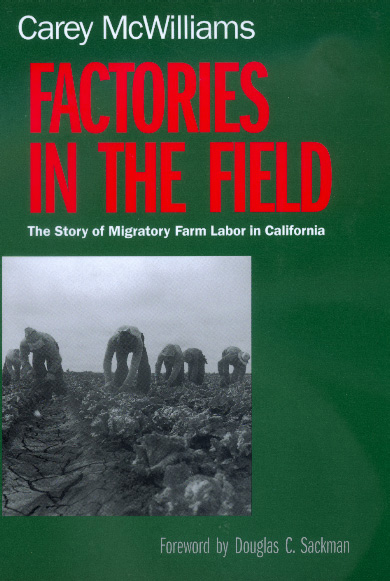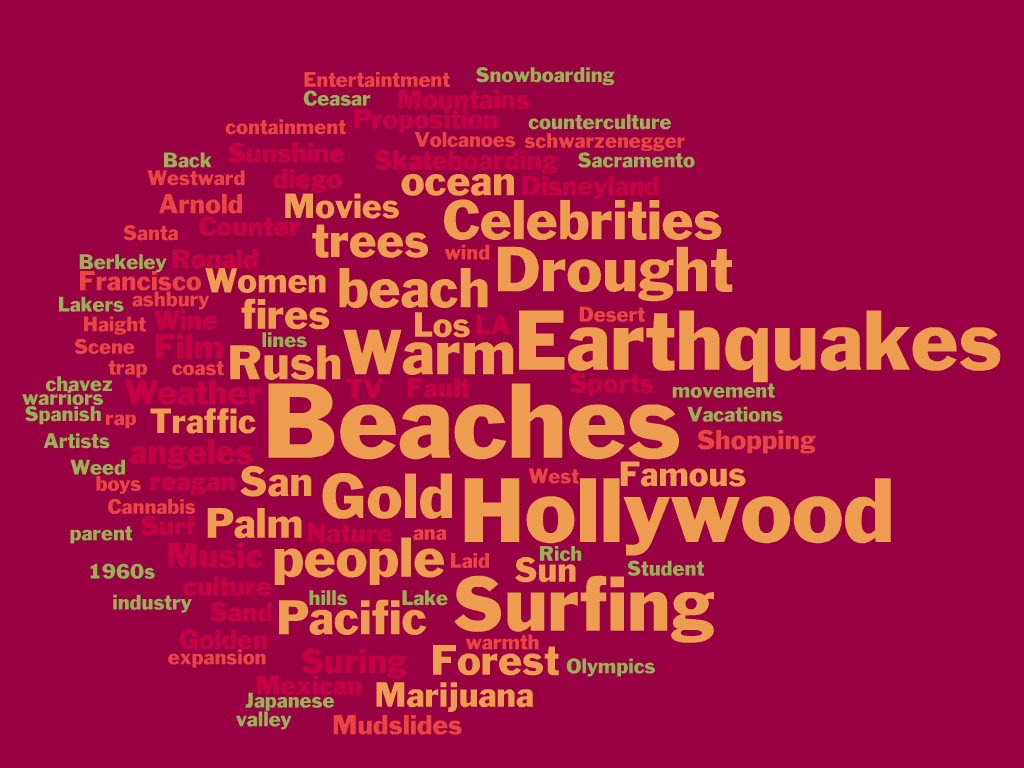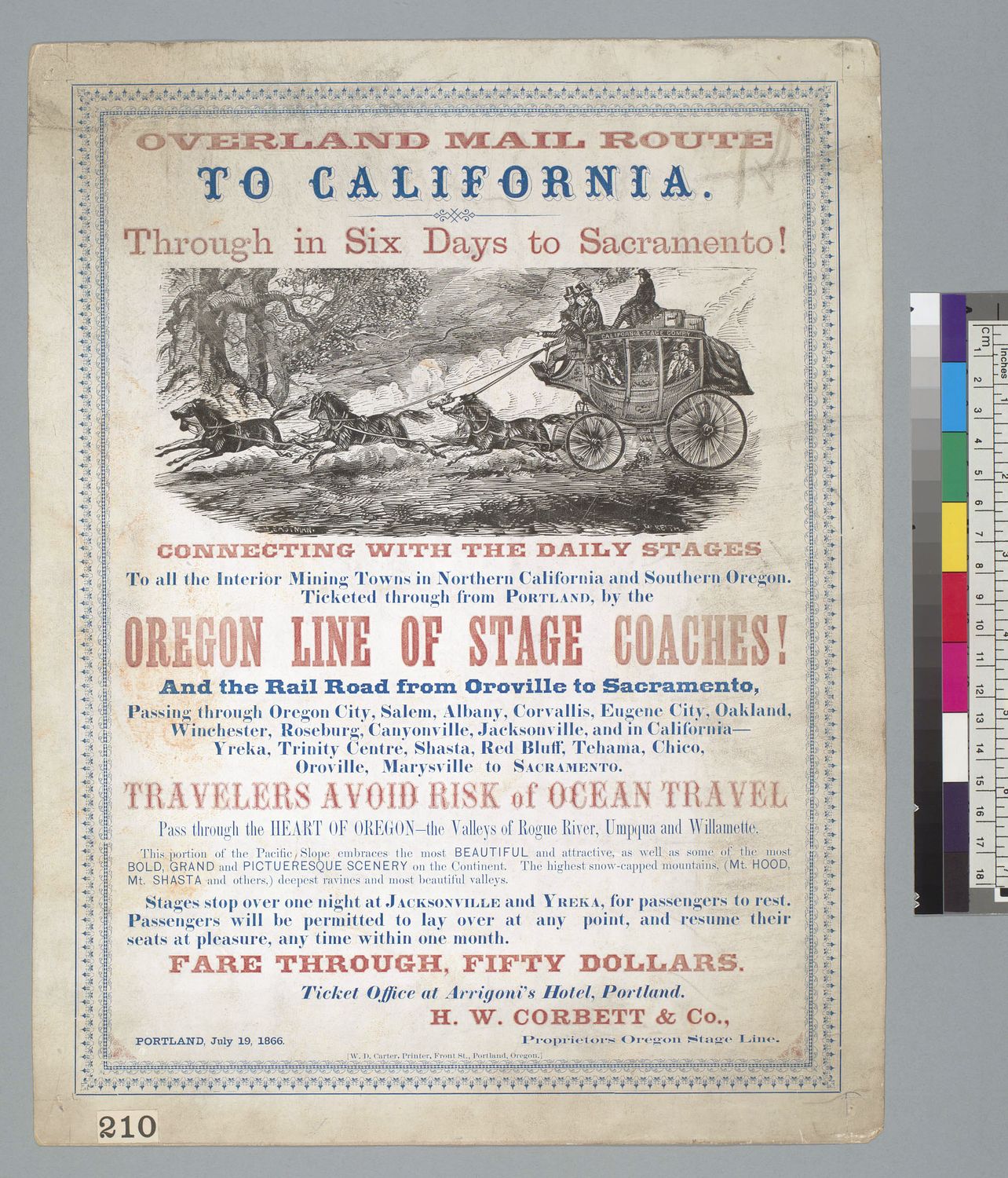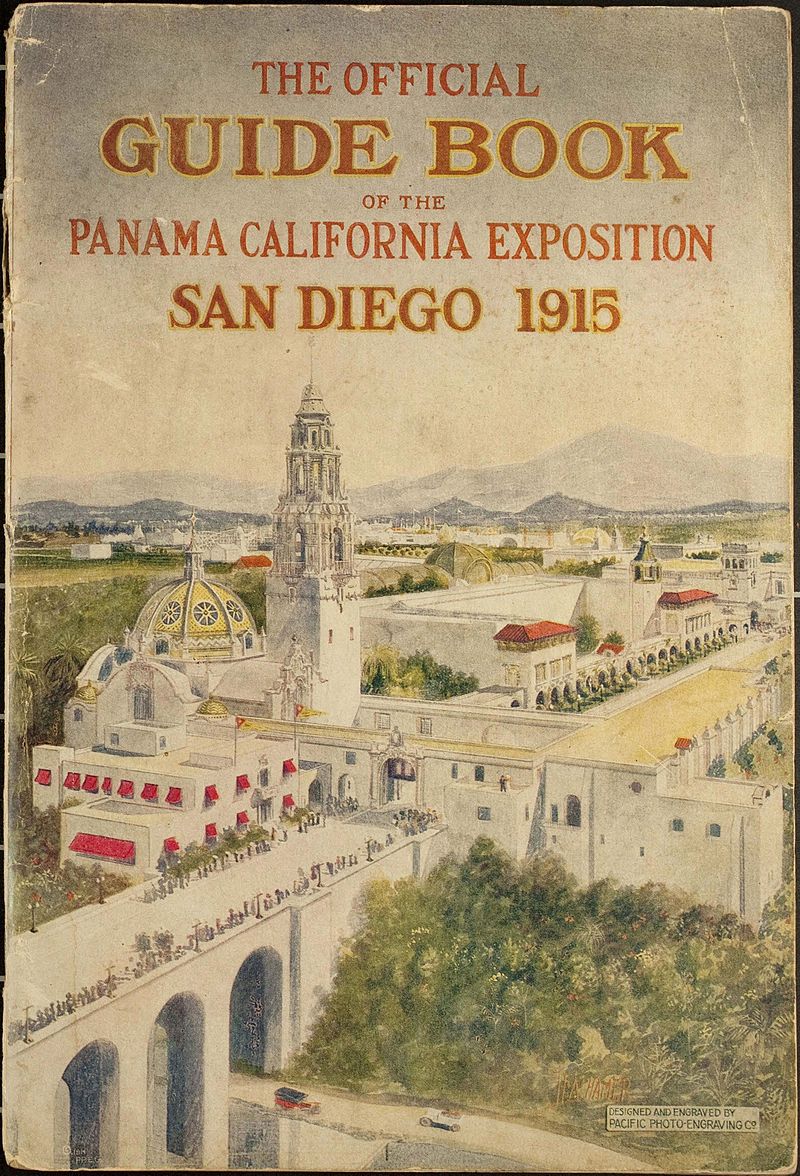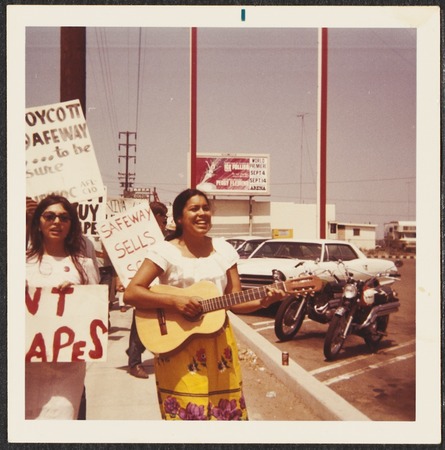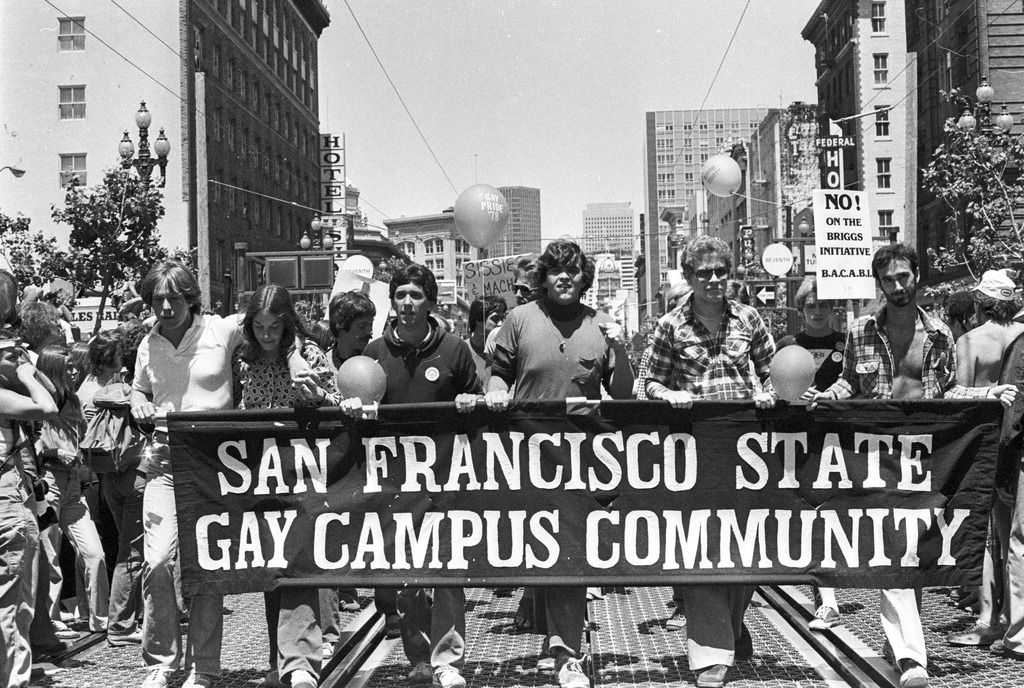“American history is longer, larger, more various, more beautiful, and more terrible than anything anyone has ever said about it.
—James A. Baldwin
American Studies at Keene State College offers students a unique program of study. Each student completes three core courses and individualized choice of courses in American history, literature, the arts, and social sciences to explore the culture of the United States. American Studies is one of the most interesting and useful paths for students preparing to become educators: in elementary education, in the secondary education option in Social Studies, or in professional and graduate school.
What do students and faculty do in American Studies courses? The intellectual work of students and faculty begin with the idea that studying the inherent complications of a culture or a society requires more than a single disciplinary or methodological approach. We therefore draw on a range of materials and forms to explore historical and contemporary American culture, including oral history, writing, film, music, photographs, maps, architecture, food, activities. We study people, politics, economy, environment, science, arts, history, and literature. We read, we think together, we talk about, and we write our way into the American multicultural identity, including its past and present values, conflicts, and experiences. We are committed to studying cultural artifacts, to borrow words from the writer James Baldwin, that “lay bare the questions that have been hidden by answers.”
What are the questions that we ask? Here are a few of the questions that motivate our teaching and learning, scholarship, and collaboration with students:
“Who knew?” How do we have conversations that emerge from everyday American things—those things we don’t really think about—to help us ask questions and understand ourselves in ways we did not already know.
“Where am I in this material? “How does this concept, idea or information matter to me and/or all of us?”
“Who and or what is American? Why do we understand a person or thing as being American?”
In what ways can we see the past as influencing, or helping us to understand, the present?
What is the relationship between the individual/individual identity and culture?
How can we reconstruct and interpret historical, cultural, and political phenomena, events, developments?
How does studying literature and the other arts help us understand the past, the present, and our own lives?
What role do social class, race, ethnicity, and gender play in influencing / understanding culture and society?
What is the relationship between the arts (literature, music, film, etc.) and politics?
How can multimedia expand our notions of literature’s traditional forms and function in society?
How has technology changed American popular music? What have been the social consequences of these changes?
How can psychology and psychoanalytic thinking help us understand the individual, the artist, the culture?
In what ways can “American exceptionalism” be understood/critiqued?
Are there characteristic features of American style in language, music, and visual art?
What is the relationship between the mainstream and the margins in the Internet age?
What can the concept of improvisation, especially from jazz, teach us about the social dynamics of democracy in this “great American experiment”?
What views/conceptions/visions of America or Americans (or “the people” or “the folk”) are embodied/expressed in the “folk music revival”? What role did Alan Lomax, Pete Seeger, Woody Guthrie, the Almanac Singers, and/or the Weavers (and or other people/influences) play?
What do students do with a major in American Studies? Our KSC Alumni demonstrate that an undergraduate degree in American Studies provides an intellectual background and readily transferable skills for a wide range of personal and professional endeavors. Our alumni are pursuing opportunities in elementary and secondary education; business; libraries, museums, and historic preservation; film production; federal, state, and local agencies, both public and private; government and politics; nonprofit organizations; writing, editing, and publishing; international relations and diplomacy; public relations and advertising; and social services. Here are a few examples:
- Sean Knox (2015) is a Staff Assistant for United States Senator from New Hampshire Kelly A. Ayotte
- Hersch Rothmel (2015) is Office Coordinator for City Year in Little Rock, Arkansas
- Chloe Edmonds (2014) is a PhD student in International Studies at Georgetown University
- Alex Wolff (2014) is a student at Suffolk Law school
- Katie Petz (2012) is a Special Education Paraprofessional in Hollis, New Hampshire
- Morgan Little (2013) is the front man for the band The Mild Revolution
- Ryan LaLiberty (2011) is in the PhD program in Communications at the University of Massachusetts Amherst. Ryan completed a MA in Communications at the University of Rhode Island
- George Barber (2011) is a comedian, writer, actor, and musician living in Los Angeles, California. George has completed a full length album, acted as a contributing writer for the Evening Show with Peter Murphy, appeared on CBS’s How I Met Your Mother, and performed numerous shows at the UCB Theater and Improv Olympic West
- Justin Churchill (2011) is a sports writer for the New England Hockey Journal. He is a regional beat reporter in the American Hockey League and covers the New England Revolution and Major League Soccer
- Zach Benton (2010) performs and records music in the Monadnock region. His extended play (EP) recording Mister Roberts’ Epiphany was followed by his long play (LP) entitled Fall In. Fall In hit #6 on iTunes’ R&B/Soul charts for new releases in October of 2013. Zach’s most recent single, “Truer Love,” peaked at #3 on iTunes’ R&B/Soul charts for new releases
- Cate Brennan (2005) is Archive Technician at the National Archives in Washington D.C., and a PhD candidate in American History at the University of Maryland College Park
- Lauren Morse (2005) completed her Master’s degree in Strategic Leadership and is currently the Assistant Director of the MBA Program at Tuck School of Business at Dartmouth
